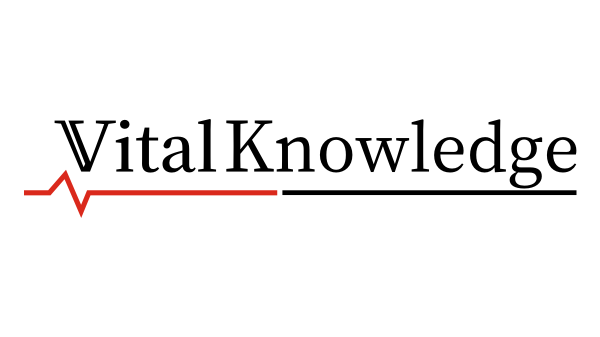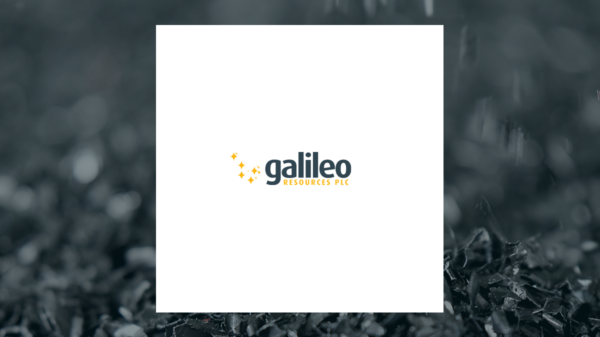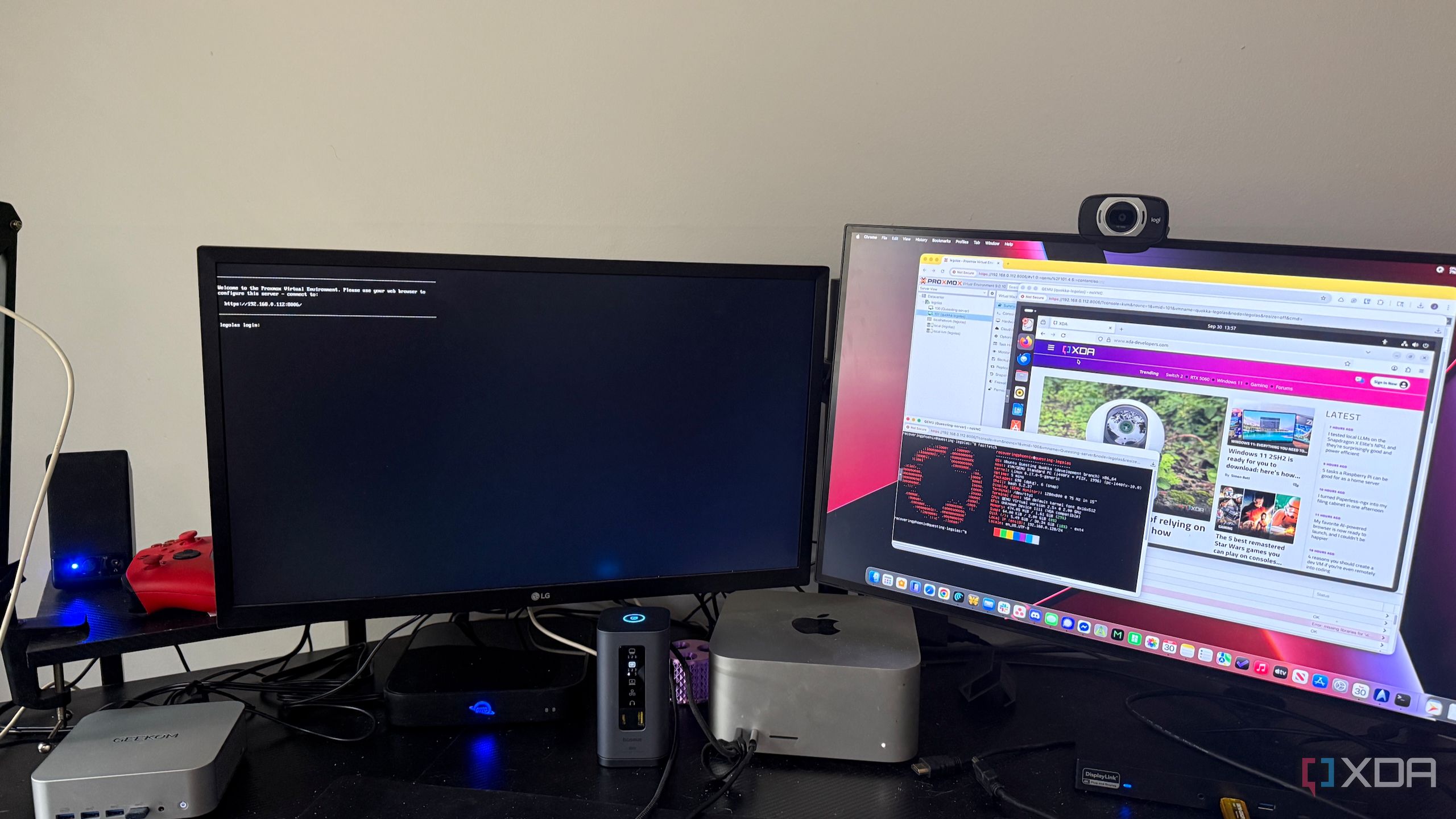URGENT UPDATE: As more tech enthusiasts turn to self-hosting solutions using Network Attached Storage (NAS), many are confronting unexpected challenges that can severely impact their digital lives. Reports indicate six major issues emerging from the self-hosting trend, prompting users to rethink their setups.
The allure of independence from numerous subscriptions and online services is undeniable. However, users quickly discover that managing their own digital environment isn’t as simple as anticipated. As services like Plex and various Docker applications multiply, the initial excitement can fade into frustration.
One significant issue is the rising noise and heat from the NAS units. Initially set up close to their desks, many users find that as they add more drives, the operational noise becomes a major distraction, especially during quiet evenings. The once-quiet devices turn into audible reminders of their complexity, leading some to consider relocating them to dedicated server spaces.
Additionally, the pressure to maintain constant uptime can be overwhelming. Unlike traditional cloud services, which promise 24/7 availability, self-hosting places the burden of reliability squarely on the owner’s shoulders. Users report harrowing experiences where unexpected reboots or power outages lead to the loss of critical data and services. One user described the nightmare of losing access to backups and media libraries after a power trip, underscoring the risks of self-hosting.
Security also poses a significant challenge. Opening ports for remote access can expose NAS systems to potential threats. Users report feeling as if they are leaving their front doors wide open, vulnerable to external attacks. Managing security requires constant vigilance with SSL certificates, firewalls, and VPNs, adding to the complexity and stress of self-hosting.
Maintenance issues compound the frustration. Users quickly learn that setting up the system is just the beginning; ongoing upkeep is necessary as drives fail or updates cause unexpected disruptions. Reports show that many find themselves troubleshooting late into the night rather than enjoying the benefits of their NAS setup.
Storage limitations are another hurdle. What once seemed ample space with two 8TB drives can quickly dwindle due to backups, media libraries, and applications. Unlike cloud services where users can easily upgrade storage with a click, expanding a NAS typically entails purchasing additional drives or hardware upgrades, which can be both costly and labor-intensive.
Lastly, while remote access is a key benefit of self-hosting, the reality can be far from seamless. Setting up secure connections often involves complex configurations that can frustrate users when they urgently need to access files. Frequent issues with VPNs and dynamic DNS settings can disrupt the promised convenience of remote file access.
Despite these challenges, many users maintain a fondness for their NAS systems, appreciating the control and privacy they offer over data. However, the reality of self-hosting can lead to a hybrid approach, combining both local and cloud solutions to balance convenience and control.
As self-hosting continues to gain traction, it is crucial for potential users to weigh these challenges against the benefits. Developing solutions and community support may evolve as more individuals share their experiences and expertise in navigating the complex landscape of self-hosting.
Stay tuned for further updates as this story develops, and consider sharing your own self-hosting experiences to help others in the community.








































































